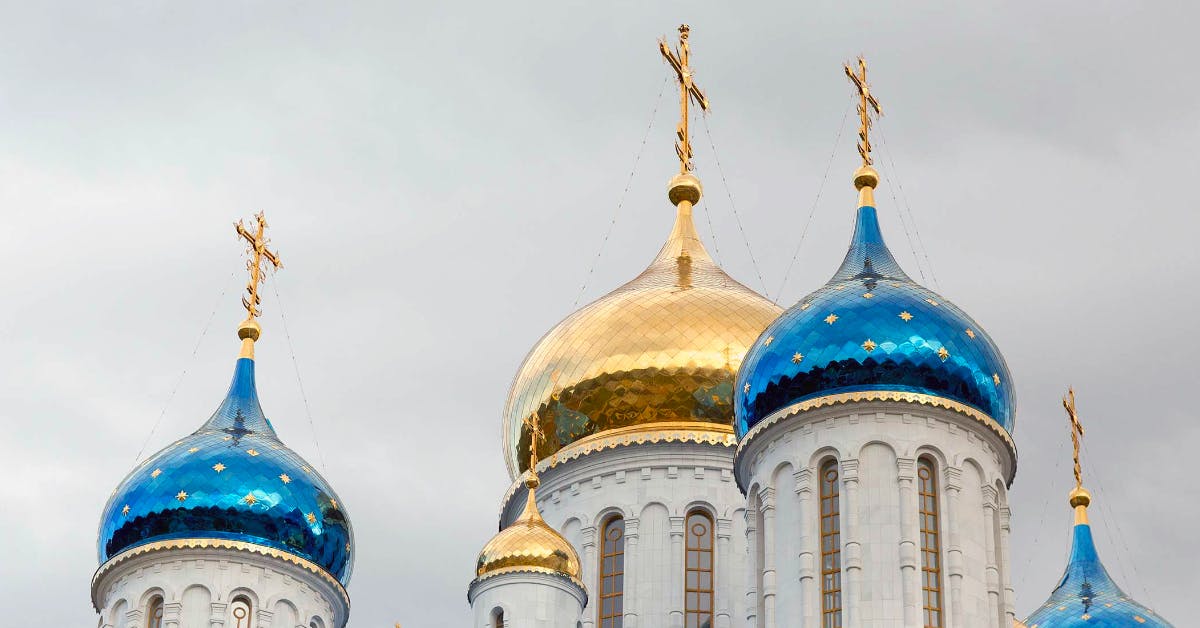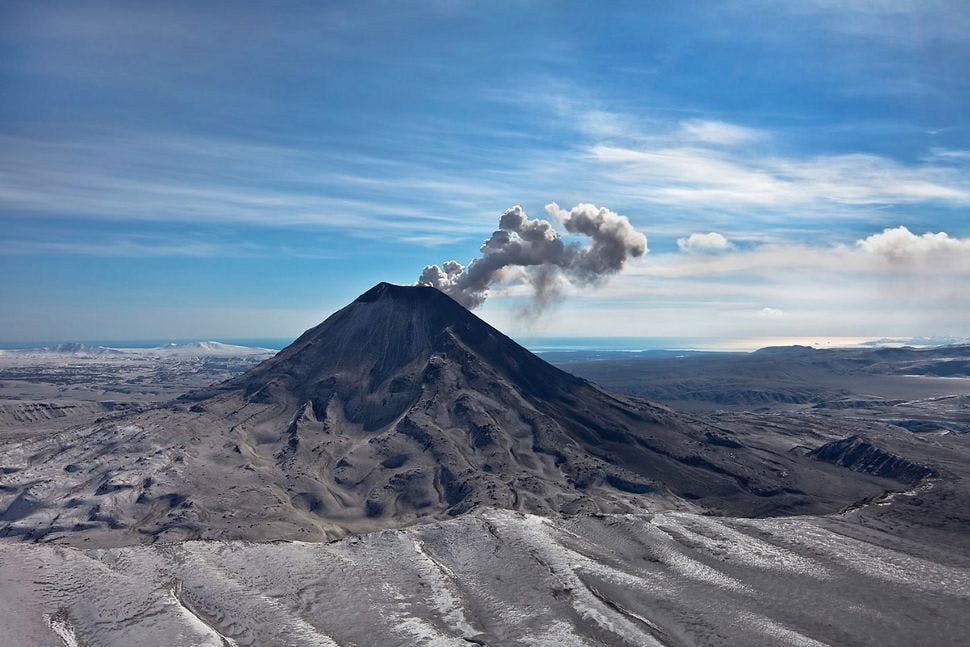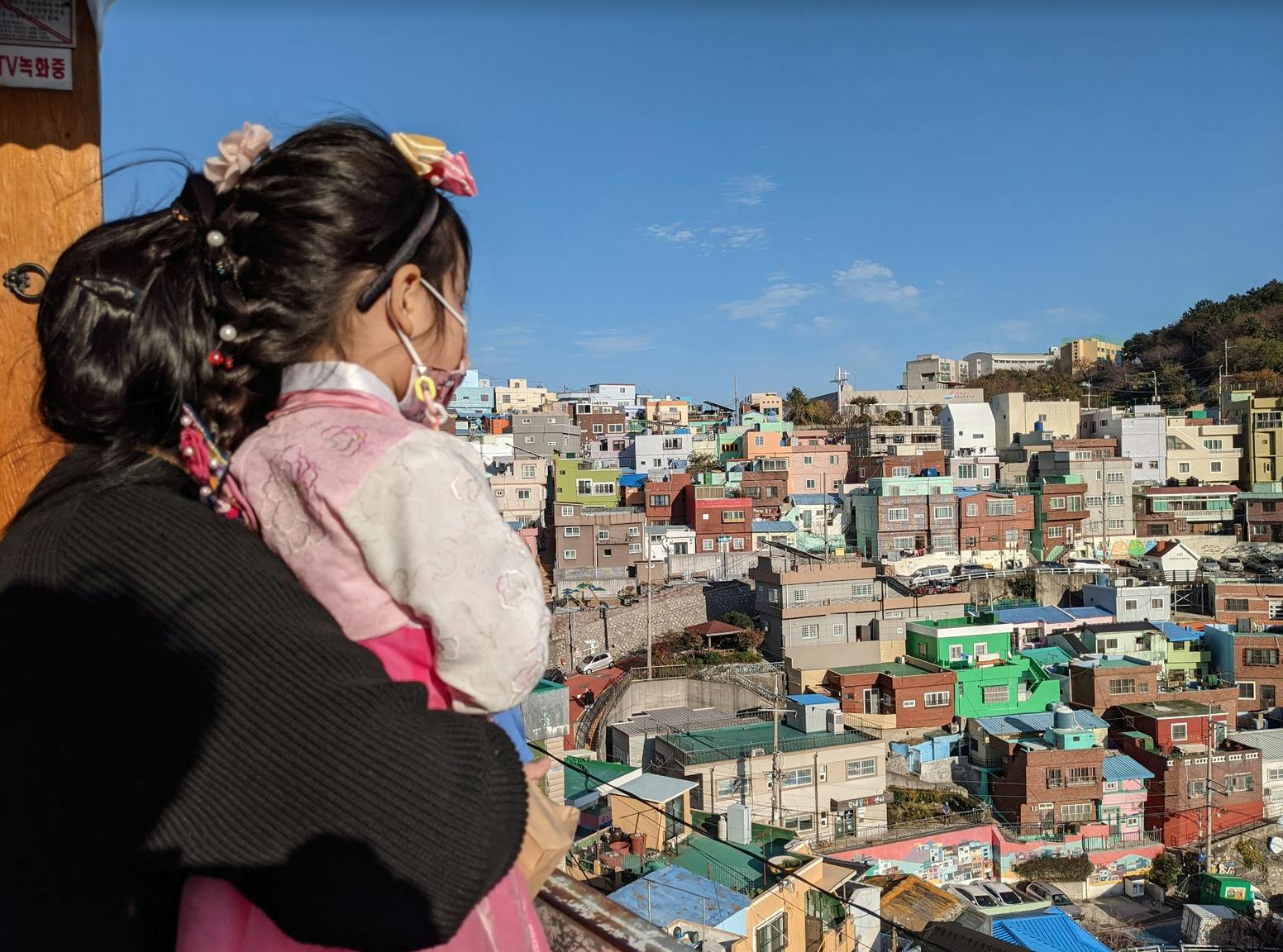Russian Orthodox Church Features: Art, Architecture and Symbolism
From Egyptian pharaohs to Klondike miners, the value and glitter of gold have always attracted humans. But the shiny metal’s allure goes way beyond the material. According to Russian Orthodox church beliefs, gold stands in for the luminosity of Christ and the other-worldliness associated with saints. “Gold and religion have been symbolically linked,” says Dmitri Banin, a Silversea expedition expert. “Gold is symbolic of the color of the sun and is associated with daylight and the energy of the divine. The use of gold in religion emphasizes a preciousness and immortality.”
Russian Orthodox church features
The history of Christianity in Russia is a turbulent one, but the Russian Orthodox Church has rebounded since the fall of the Soviet Union. Now the religion founded by Andrew the Apostle has an estimated 150 million followers worldwide. No matter your personal spiritual path, spending time admiring Russian church artwork, surrounded by gold-leaf icons and domes, is an uplifting and unforgettable experience.
Even though Russia has amazing wildlife and nature such as Russian’s volcanoes, it’s worth exploring its history, art and symbolism as well. Let’s dive in.

Understanding the meaning of Russian icons
The first thing that strikes visitors entering a Russian Orthodox church is the iconostasis, a wall of icons that hides the high altar, says Kent Russell, CEO and curator of the Museum of Russian Icons in Clinton, Mass. in the United States. Icons and sacred images typically pack a Russian Orthodox church interior. “It’s an immersive experience,” says Russell.
Icons are art objects that depict saints and holy events. Usually, the iconographer carves the surface of a wooden board to make a border, then layers a paste called gesso onto the board and etches the image into the surface. The artist then layers dark to light colors of tempera paint to form the image. But icons can also be frescoes, mosaics or embroidered works. Traditionally, icons are not signed by the artist. While the object itself isn’t worshiped, believers approach the images as portals into heavenly realms and may incorporate them into their prayer life.
“Icons are a 2,000-year-old sacred tradition that remains constant and a tribute to a powerful set of religious values,” Russell explains. But viewers don’t need to be religious to appreciate the beauty and meticulous craftsmanship. At the Museum of Russian Icons, Russell is often surprised by the quiet and contemplation that descends on visitors, even youngsters. “It creates a mood of refuge from the daily world, just lovely to experience,” he says. “This art form is soothing and naturally calming. It demands attention and a certain degree of inner peace to fully appreciate the quiet mood that the art sets into motion.”

Color and symbolism in Russian icons
The Russian Orthodox church features artwork that is highly symbolic. Each color carries meaning, as do many ordinary objects. Some of these are familiar to most viewers, such as a snake signifying evil, a fish representing Jesus and the Holy Spirit as a dove. But, according to Banin, monkeys can also mean malevolence. At the other end of the spectrum, urns full of water and vases holding lilies suggest the Virgin Mary’s purity. Circles, which are considered a perfect shape, represent heaven, while squares are for Earth.
As for colors, red is the hue of passion, love and earthly life. Blue signifies heaven, as in Mary’s divine robes, Banin says. And, if a person in an icon is wearing white, he or she probably lived a virtuous life. Black is trickier. While it may suggest evil and demons, it can also stand for renunciation, such as the plain robes of monks.

Russian icons are a living tradition
Iconography still thrives today, as evidenced by Russia’s multiplying Orthodox churches. For example, on a high point of Petropavlovsk, overlooking snow-capped volcanic mountains and the sparkling sea, construction of Holy Trinity Cathedral started in 2001 and finished in 2010. While the Orthodox Church was popular in the Kamchatka Peninsula in the 19th century, it mostly disappeared after the 1917 Bolshevik Revolution, until a resurgence in the 1990s. When church leader Patriarch Krill consecrated Holy Trinity Cathedral, he said, “The faith boosts people’s morale, helping them stay afloat in times of trouble.” Now the peninsula has five churches.
Eastern Orthodox architecture
As architects work on large projects like cathedrals, individual artists still find meaning in painting icons. “It is a living, breathing tradition actively being created and venerated in all Orthodox churches,” says Russell. Gold is still paramount among Orthodox decorations, from the huge dome of a cathedral down to the saint’s halo on an icon. “Gold being a most precious metal, reflective of light and untarnished, is a symbol of purity, eternity and sovereignty,” Russell says. “Being precious, it can also be interpreted as a gift to the divine from humans and vice versa.” Both in the sacred settings of Russian church architecture and in secular museums, icons inspire viewers with their beauty, craftsmanship and that spark of the divine.

Intrigued by Russia? Here are more reasons to learn about the Russian Far East.



















